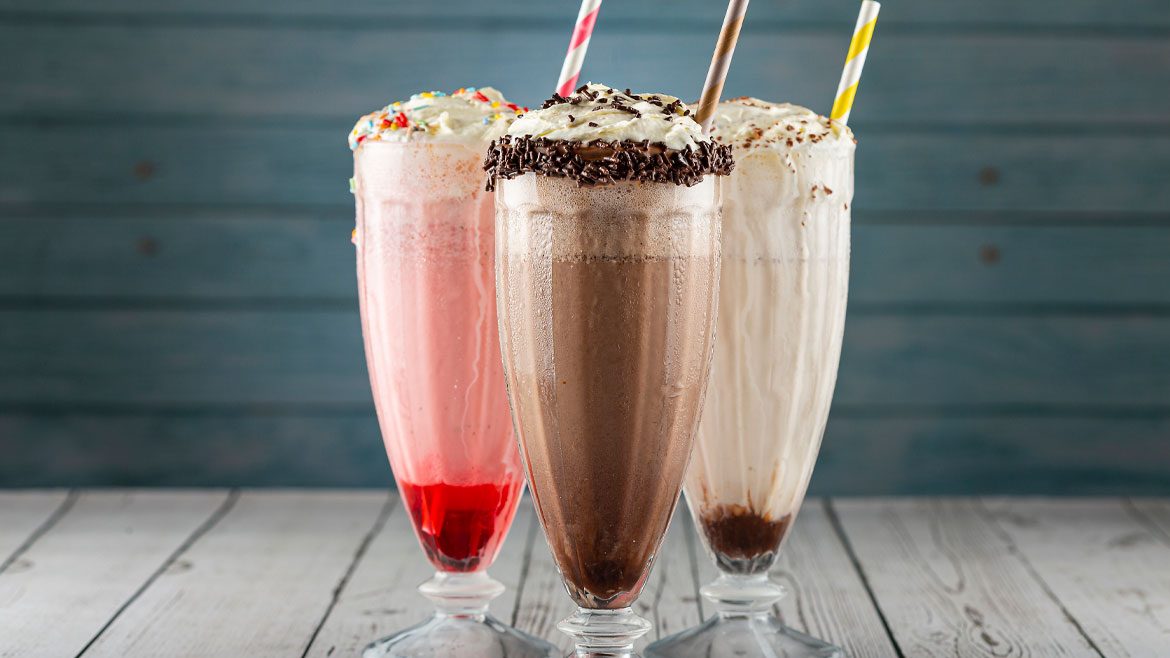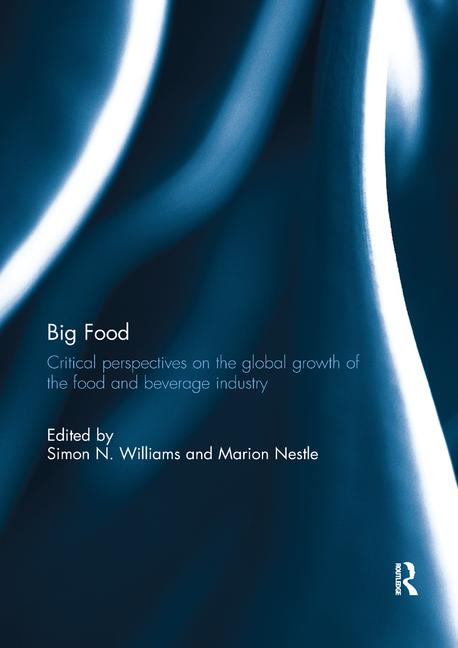New report analyzes global beverage industry growth
BRIC markets will continue to present opportunities in 2014

Rabobank Group, a global financial services leader based in New York, has published a new report on the global beverage industry, predicting growth that is lower than historical standards but can be mitigated by strategic initiatives focusing on direct selling, co-manufacturing and distribution efficiency, it says.
In the report, the firm’s Food & Agribusiness Research team says that demand from markets in Brazil, Russia, India and China (BRIC), which have long driven global beverage growth, is moderating, leaving global beverage companies with the need to find new market opportunities and growth strategies for the future. Beverage companies will need to adapt to this new landscape by pushing strategies for mature markets where consumer demand is slowly recovering, it states.
“Brazil, Russia, India and China have led the largest economic transformation in modern history, changed global commodity markets, and created an entirely new ‘middle class,’” said Rabobank analyst Ross Colbert in a statement. “Growth in the BRIC markets is now slowing, and beverages companies must seek sustainable growth ‘beyond the BRIC road.’ The global beverages industry remains highly competitive, and success can be achieved in markets smaller than those of BRICs. Strategic initiatives such as direct-to-consumer selling, co-manufacturing, and developing more efficient distribution platforms can help mitigate the impact of softer volumes in BRIC markets.”
Despite anticipated slower growth among BRIC beverage markets, there still is a positive growth outlook in some subsector markets. In China, although fine wine consumption is on the decline, consumers have sought out lower-priced wines to maintain an overall positive outlook. This year also will be impacted by the upcoming World Cup, which likely will manifest itself in growth volumes of carbonated soft drinks (CSDs) and beer in host country Brazil. The Coca-Cola Co., Atlanta, for example, has made a large investment in the immediate consumption channel that will help sustain growth in 2014 and beyond, the report states.
An overview across global beverage markets is outlined in the following subsector summaries.
Alcohol beverages
• BRIC countries have accounted for 85 percent of absolute beer volume growth in liters in the last five years. For 2014, expectations for BRICs are more subdued with expected growth of 3.8 percent in 2014 compared with 3 percent globally. India offers the greatest potential for long-term volume increases among BRICs.
• In wine, BRIC economies have presented a welcome boost to consumer demand in a period when developed markets faced severe headwinds.
• For Western spirits companies, BRIC markets will continue to present important opportunities in 2014, albeit in the context of government policies. Excessive spirits consumption controls will continue to disrupt the general spirits category in Russia, and the campaign against corruption in China, launched in the fourth quarter of 2013, has been having a negative impact on high-end spirits consumption.
Soft drinks
• Growth of soft drinks will continue to move to lower priced, emerging markets, meaning volume growth will continue to exceed value growth.
• Facing significant headwinds in developed markets, Brazil will continue to be the leading driver for global growth of CSDs during the next three years.
• Fruit juice volume is expected to grow by 3 percent in 2014. This growth is dominated by BRICs, which together account for almost 60 percent of the total increase in liters.
• Bottled water will continue to lead soft drinks volume growth globally, delivering more than 55 percent of what is projected.
Coffee and tea
• The oversupply of global coffee that characterized 2013 is forecast to last well into 2014 because of the expected bumper crop of 60 million bags from Brazil. With the outlook for lower prices, demand for coffee is expected to remain strong in the year ahead.
• Instant coffee also is expected to drive value and volume growth in 2014 in developed markets such as Russia, which already is seeing an overall premiumization trend across beverages.
• The global tea marketplace remains highly fragmented and, therefore, provides ample room for large tea companies to expand across international markets in 2014. This is especially relevant for China, which is forecast to account for half of global tea growth through 2017.
“There can be no doubt that BRIC markets have delivered tremendous growth opportunities for beverage companies over the past decade,” Colbert said in a statement. “However, beverage companies must now adapt to slower growth in BRIC markets by implementing new strategies to reach consumers more efficiently.”
For more information, visit www.rabobank.com.
Looking for a reprint of this article?
From high-res PDFs to custom plaques, order your copy today!







